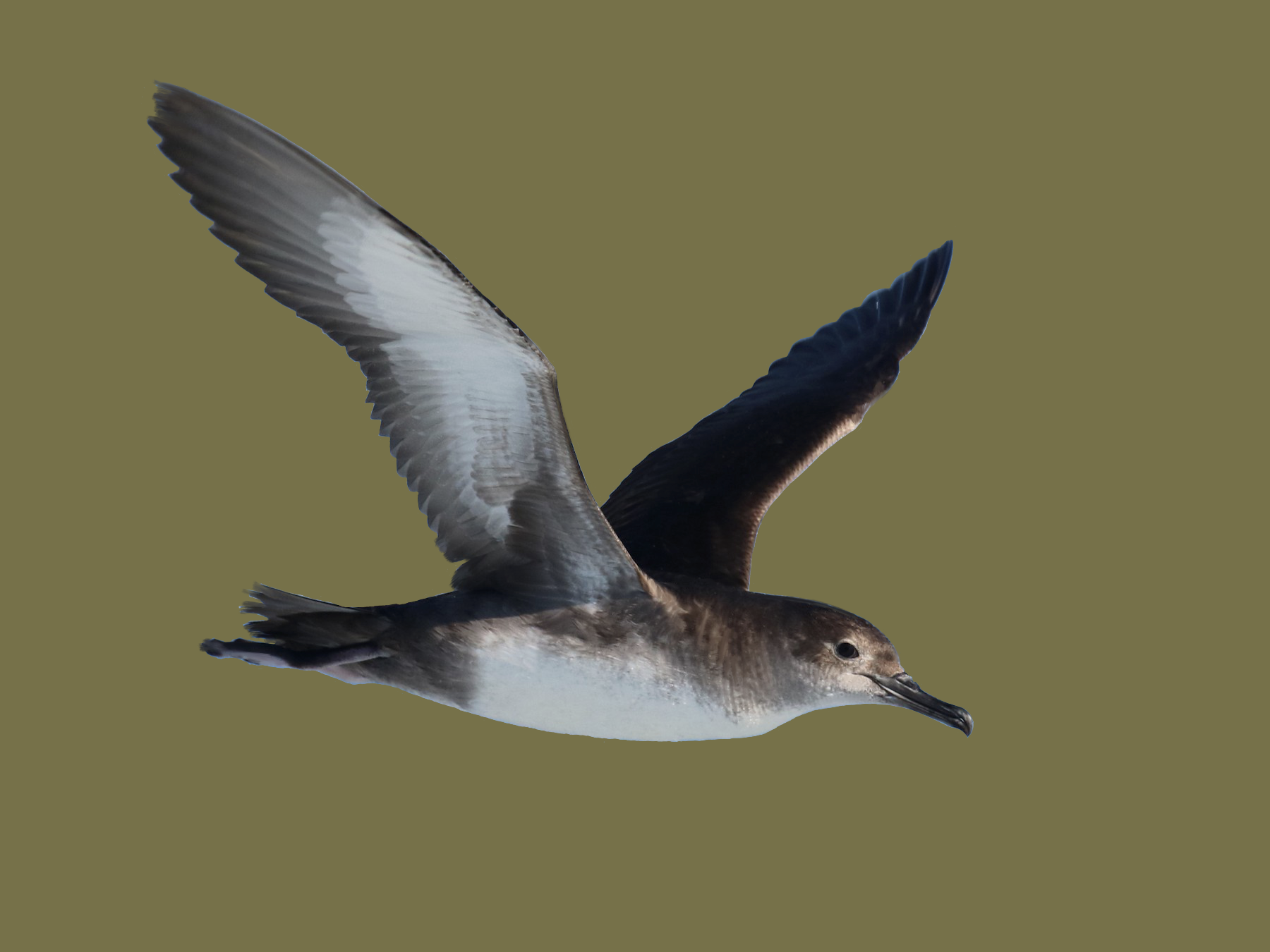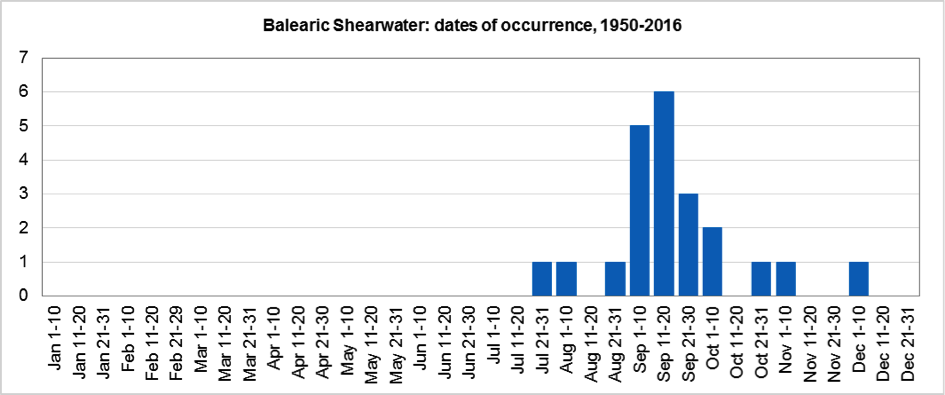Balearic Shearwater Puffinus mauretanicus

(Computer-generated image courtesy of Colin R Casey)*
* if anyone has a photograph of Balearic Shearwater taken in Lincolnshire we will be pleased to receive a copy.
| Site | First date | Last date | Count | Notes |
| Gibraltar Point NNR | 05/10/1963 | - | 1 | |
| Gibraltar Point NNR | 01/08/1971 | - | 1 | |
| Gibraltar Point NNR | 15/09/1976 | - | 1 | |
| Saltfleetby-Theddlethorpe NNR | 28/07/1984 | - | 1 | |
| Saltfleetby-Theddlethorpe NNR | 26/08/1984 | - | 1 | |
| Saltfleetby-Theddlethorpe NNR | 09/09/1989 | - | 1 | |
| Gibraltar Point NNR | 27/10/1989 | - | 1 | |
| Gibraltar Point NNR | 09/09/1997 | - | 3 | Flew north. |
| Huttoft Bank | 13/09/1998 | - | 1 | |
| Gibraltar Point NNR | 10/11/1999 | - | 1 | Flew north. |
| Huttoft car terrace | 09/09/2001 | - | 1 | Flew south. |
| Huttoft car terrace | 06/10/2002 | - | 1 | Flew north. |
| Gibraltar Point NNR | 07/12/2002 | - | 1 | |
| Gibraltar Point NNR | 21/09/2004 | - | 1 | Flew south. |
| Chapel Point | 17/09/2005 | - | 1 | |
| Chapel Point | 18/09/2007 | - | 2 | |
| Gibraltar Point NNR | 18/09/2007 | - | 1 | Assumed different from those at Chapel Pt. |
| Gibraltar Point NNR | 22/09/2007 | - | 1 | Flew south. |
| Gibraltar Point NNR | 26/09/2007 | - | 1 | Flew north. |
| Skegness | 09/11/2010 | - | 1 | |
| Gibraltar Point NNR | 15/09/2011 | - | 1 | |
| Gibraltar Point NNR | 16/09/2011 | - | 1 | |
| Huttoft car terrace | 01/10/2018 | - | 1 | |
| Gibraltar Point NNR | 17/09/2019 | - | 1 | |
| Chapel Point | 02/02/2020 | - | 1 | Flew south close inshore. |
| Wolla Bank | 16/09/2023 | - | 1 | |
| Gibraltar Point | 17/09/2023 | - | 2 | Flew north. |
| Gibraltar Point | 27/09/2023 | 28/09/2023 | 1 | Flew north, then back south on 28th. |
| Sutton on Sea | 23/09/2024 | - | 1 |
Balearic Shearwaters are one of the world’s most endangered seabirds, with an estimated breeding population of 2,000-2,400 breeding pairs and 10,000 individuals in all (Wynn and Yésou 2007). They breed on islands and coastal cliffs in the Balearic Islands. It is a regular visitor in varying numbers to west European (Atlantic) inshore waters during the summer and autumn, most commonly seen off Iberia, France and the southwestern coasts of Britain & Ireland during its post-breeding dispersal. A huge count of 6,500 birds in the Bay of Biscay in 2003 represented 65% of the world population. In Britain, flocks of several 100s are regularly seen off the English south and south-west coasts, and the peak total in British and Irish waters was 3,474 in 2001; the vast majority are seen July-October. In Lincolnshire, the small number of records shows a peak in mid-September (chart).

Reference
(Account prepared November 2017, updated with reference to the new Birds of Lincolnshire (2021) September 2022)

